Italian gallerists join remote ranks in Hong Kong
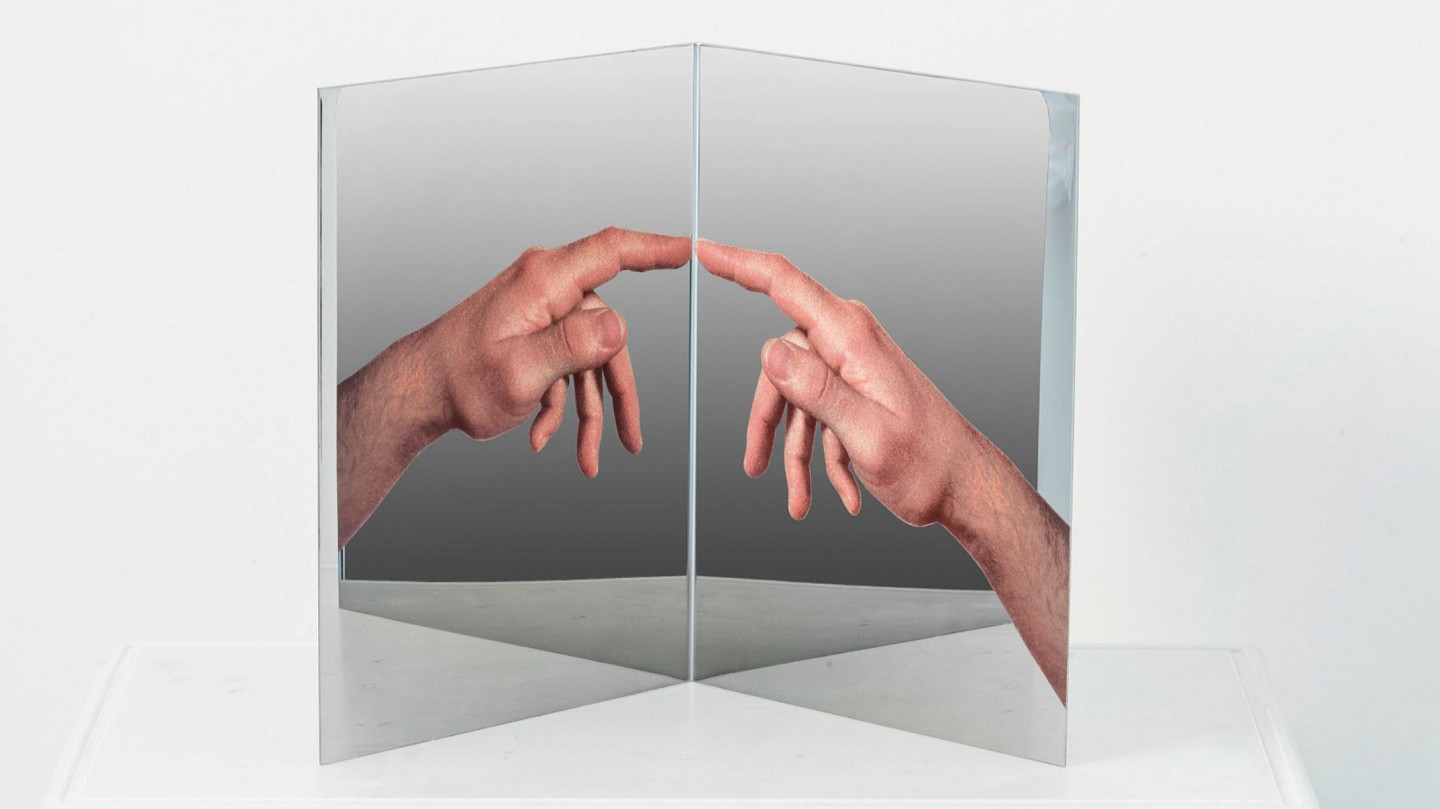
Roula Khalaf, Editor of the FT, selects her favourite stories in this weekly newsletter.
Stefano Fossati, the director of the Italian Cultural Institute in Hong Kong, outlines eloquently why a collective booth shared by eight leading Italian galleries at Art Basel Hong Kong matters. Under the banner “Italians”, the phalanx of dealers will present works in real life by key modern and contemporary artists such as Giorgio Morandi, Lucio Fontana, Paola Pivi and Francesco Vezzoli, bringing a slice of Italy to the city’s Convention and Exhibition Centre.
“I think that this event will not only present the most interesting artists in one space . . . but [also] give a critical overview of [Italy’s] artistic production. It is a balanced blend of high culture and business,” he says.
The “Italians” booth will, to some extent, be staffed remotely, with representatives from three of the galleries, including Rossi & Rossi, helping to co-ordinate the presentation. “These individuals will connect with all of the Italian gallerists if collectors are interested in buying works,” says art historian Fabio Cavallucci, the booth’s curator.
The idea of the “satellite booth” — or remote participation stands — underpins the event this year, although the concept was trialled at Art Dubai in March where London-based dealer Kristin Hjellegjerde tested the water. She emphasises that the physical fair experience is better but “we easily went into profit and it was great for our artist, Iraqi Afifa Aleiby, to receive a lot of well-deserved attention.” Installing the works took place over Zoom.
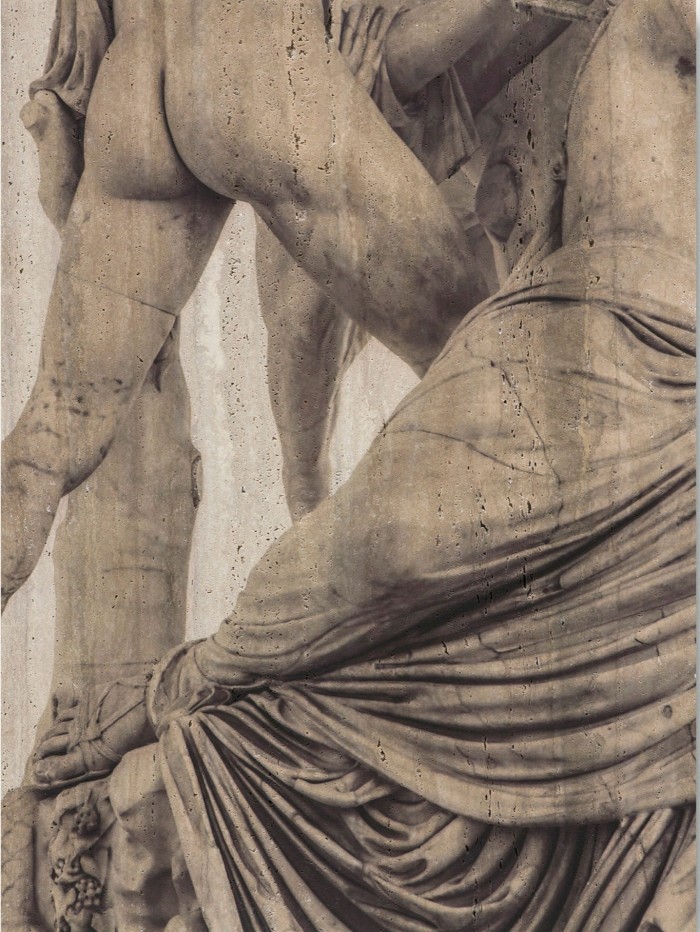
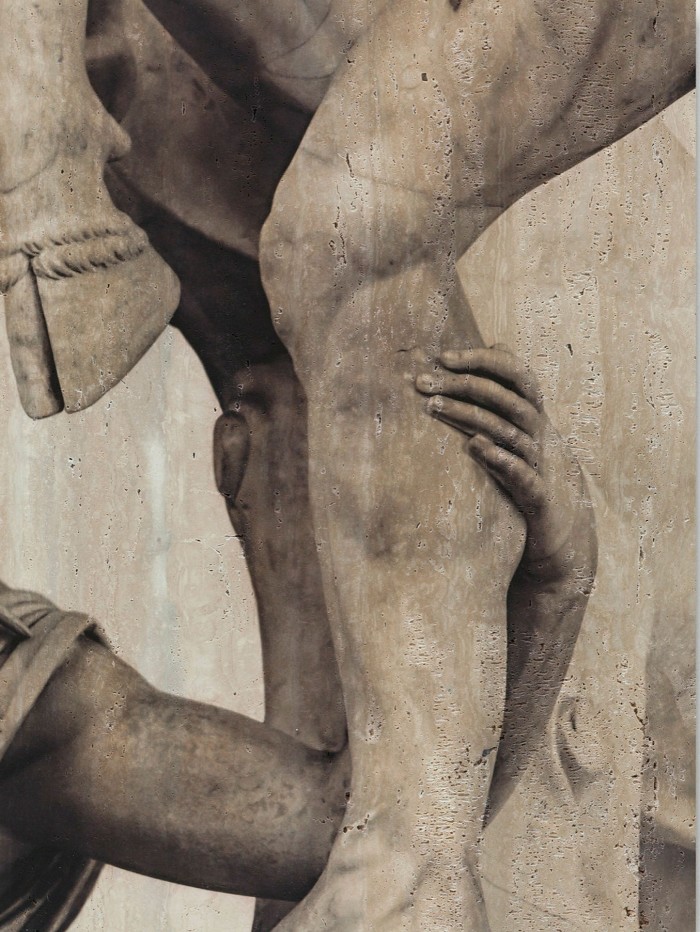
At Art Basel Hong Kong, 56 galleries - out of a total of 104 - have applied for the “satellite booth” option, a number that exceeded expectations, says Adeline Ooi, Art Basel Asia’s director. Galleries are going remote for different reasons, she says, from “trying this experiment together” to bringing important works to audiences in real life. These booths fall into two price brackets: smaller stands measuring between 15 and 20 square metres cost $9,500; larger booths up to 25 square metres cost $11,500. “You get a set of walls, lights and a booth assistant [included in the fee]. This is heavily subsidised, but it’s all about getting the dealers as close to the convention centre as possible,” Ooi says.
The on-site assistants are not expected to engage with sales. Galleries will stay linked online to home base; every participant will supply QR codes with details of works and cross-continent video calls will be encouraged. More bullish dealers have even decided to increase their initial offering and hire bigger booths.
But the remote approach is not for everyone. “We understand that some galleries are not comfortable leaving their works to be looked after by others so we are surprised to welcome over half of the galleries signing up for satellite booths,” Ooi says. Whether this exact model will be replicated at Art Basel in Basel, which is still due to take place in September, will be decided closer to the date, she adds. “It’s always important to evaluate new approaches,” Ooi says.
Franco Calarota, chair of Galleria d’Arte Maggiore G.A.M. stresses that direct contact with collectors remains essential while satellite booths could be “an emergency solution in an exceptional year”. Meanwhile, Nicolo Cardi, president of Cardi Gallery, says that this “satellite booth experiment, or the model of the ghost booth as others have defined it, may stay with us in a different capacity”. How art fairs will adapt in the post-Covid world remains to be seen, but “Italians” gives us a taste nonetheless of what the future art world might look like.
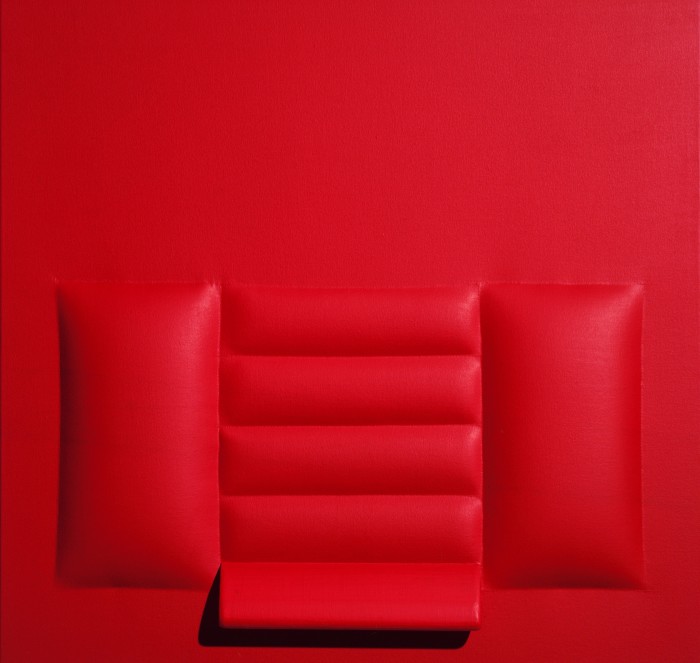
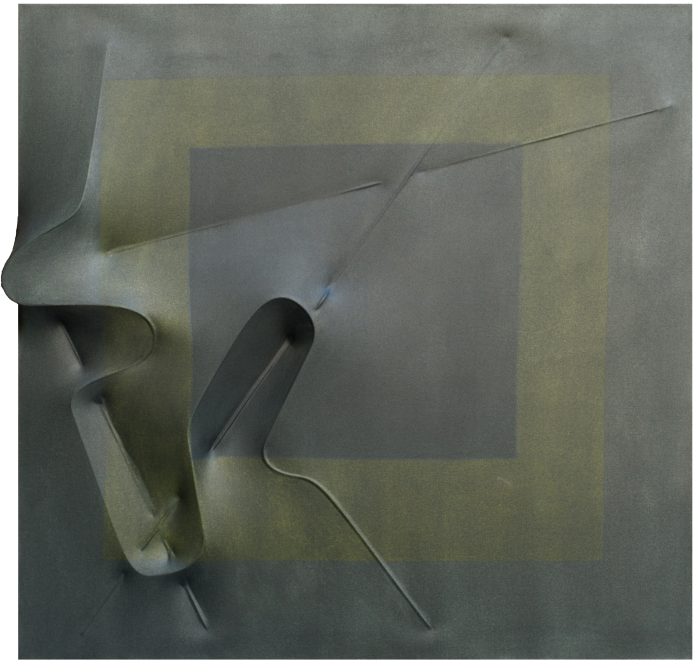
The project — part of a wider cultural programme in Hong Kong and Macau called “Italian Style” — is a masterstroke of cultural diplomacy. Fossati emphasises that the Italian Cultural Institute is an office of the Italian Ministry of Foreign Affairs in China; €150m has been set aside by the Italian government to “support companies in their international activities”, he says. “Art galleries are private companies that play an important role in promoting Italian culture.”
“Italians” curator Cavallucci heralds the move as “very important in terms of cultural policy [as] the world of culture, especially in Italy, often views market operations suspiciously”. He will organise the joint booth, grouping the works “through juxtapositions, contrasts and interconnections” so as to “define the features of Italian style”.
Initially Fossati was keen to host an exhibition of Italian contemporary art at the Hong Kong Arts Centre to coincide with Art Basel. He describes over email how the plan was scuppered by the Covid-19 pandemic. “We decided [instead] to hire a booth inside [the fair] and offer it to the galleries on the condition that they only bring Italian art,” he says. The Italian Cultural Institute subsequently stepped up, covering all stand expenses including rental and shipping costs.
“This will definitely be the largest and most international event to take place in the region and another step to some sort of normality,” says Fabio Rossi, owner of Rossi & Rossi gallery. “We feel it is important to show our support by participating.” The gallery is exhibiting photographs by Turin-born Elisa Sighicelli and paintings by Vittoria Chierici including “Gruppo di Plotino”, 2021 (prices undisclosed).

Nicolo Cardi describes his gallery’s fair inventory, saying: “Cavallucci selected from our holdings a 1970s artypo by Mimmo Rotella, along with a number of pieces from the 1990s, a beautiful Alberto Biasi, two delicate mixed-media works on paper by the Transavanguardia master Nicola De Maria, and two paintings by Gian Marco Montesano.” Prices range between €10,000 and €90,000.
Massimo De Carlo gallery, which has bases in London, Milan and Hong Kong, is offering a 1959 work by Lucio Fontana, a multi-layered mask by Luigi Ontani from 2014 and piece by Paola Pivi (prices range from €35,000 to €1m). Galleria d’Arte Maggiore G.A.M. of Milan will show a selection of blue-chip paintings by the 20th-century master Giorgio Morandi ($750,000-$1m) in dialogue with sculptures by the contemporary Italian duo Bertozzi & Casoni ($30,000-$50,000).
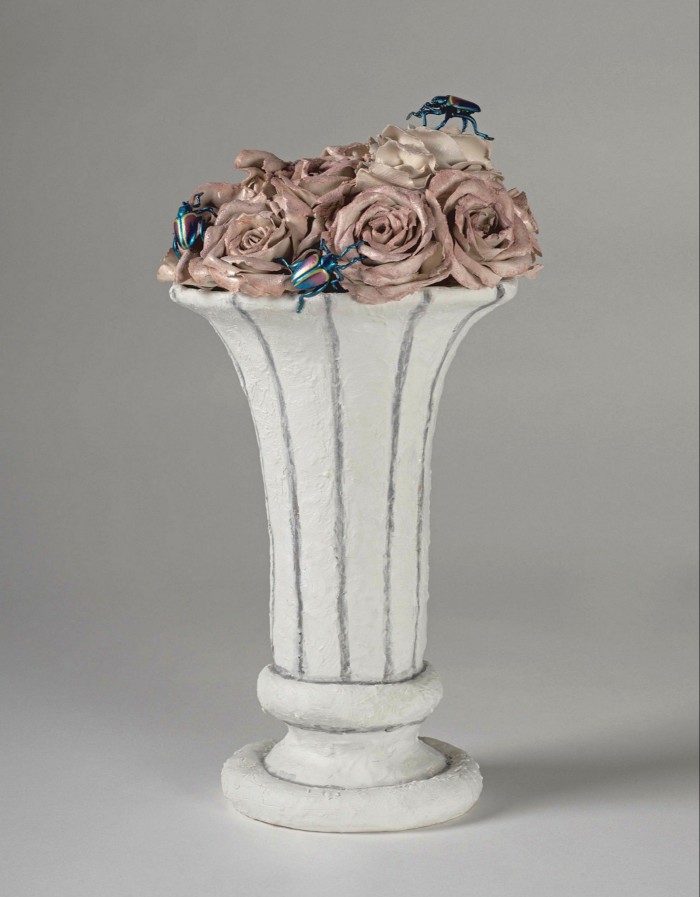
Crucially, the fair acts as a gateway to the Asian market, says Luigi Mazzoleni of Mazzoleni gallery which is showing a selection of works by Agostino Bonalumi and Getulio Alviani (prices range from $100,000 to $300,000) on the “Italians” stand, and paintings by Morandi, Giorgio de Chirico and Salvo (Salvatore Mangione) in the parallel Art Basel Hong Kong online viewing room. The other galleries involved in “Italians” are Alfonso Artiaco, Galleria Continua and Galleria Franco Noero.
A number of the Italian dealers say they still consider Hong Kong an essential market in spite of the ongoing political unrest (last June, China introduced a new security law which effectively reduced Hong Kong’s political autonomy). The question of who will attend the fair in the face of severe travel restrictions — incoming visitors must quarantine for 21 days — also arises. Joe La Placa, senior director at Cardi Gallery in London, thinks a drop in foreign attendance will be compensated by “record numbers” of local visitors.
May 21-23, italianstylehongkong.com
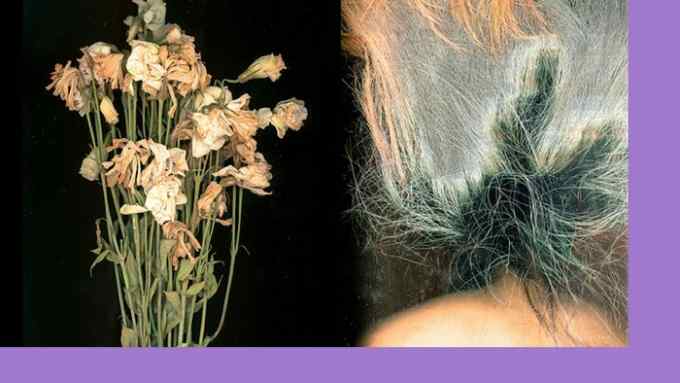
Comments